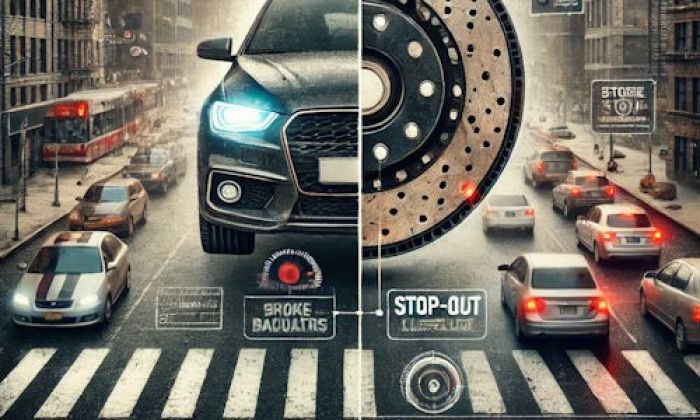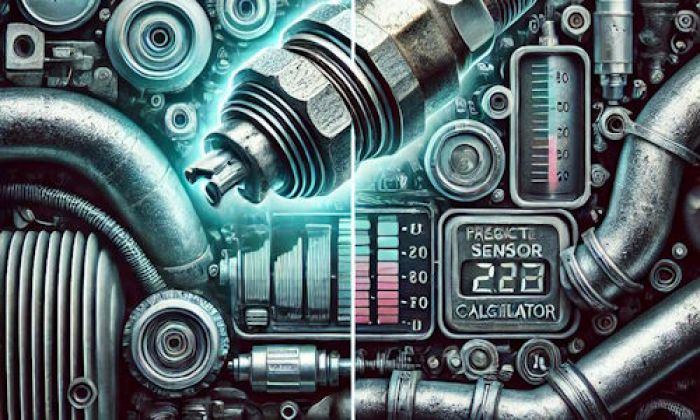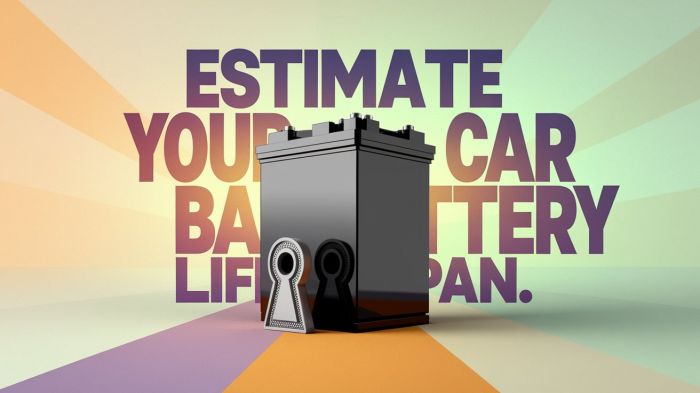You might have noticed that the RPM of your car climbs as the car gets faster. It stands to reason that the RPM should be at 0 when the car isn't moving, right? Interestingly, you'll notice that the RPM is above 0 when the car is parked, and the engine is running.
Engine systems use highlights
- Level of importance:important
- When done:when driving or maintaining the vehicle
- Cost of mistake:$100 - $300
- How to avoid:read driver's manual, ask your dealership for guidelines
- Consequences:wrong use ofimportantfunctions, minor engine damage
- DIY solutions:possible

What is RPM and What Does it Represent?
RPM stands for revolutions per minute. In most machines, it's used to express the speed of operation. A common misconception is that the RPM gauge measures the revolutions of the wheels. In fact, the RPM number actually indicates how many revolutions the engine crankshaft makes in one minute.
As such, RPM is not a measure of the vehicle's movement speed. Instead, it represents the car's engine speed.
The speed of the crankshaft is measured by an instrument called a tachometer and is displayed on the tachometer gauge or RPM gauge. Monitoring the RPM through this gauge is important in ensuring that the engine is running in good condition. Some engine problems can be diagnosed by watching the movement of the RPM gauge.
The RPM gauge has a section with a red background. This area is called the redline zone and indicates the regions where engine damage is likely to occur. Automatic transmission vehicles manage the shifting automatically and will shift to keep the car out of the redline zone. Manual transmission drivers will need to keep an eye on the RPM gauge to ensure that they shift at the right time to keep the needle out of the red zone.
Why Isn't the RPM 0 When the Car is Parked?
The RPM of your car will always be above 0 as long as the engine is running. Even when the car is idling in park or neutral, the engine is still running, and the crankshaft is still turning. This is because the engine is still running, engaging the alternator to power the electrical systems in the car, and waiting for your input to either turn off the engine or accelerate.
The only way to get the RPM to 0 is to turn off the car.
As long as you still need the car running, there is no reason to mind the RPM being above zero. Even though the vehicle won't be at 0 when the car is parked, there is still a minimum RPM that the engine needs to run at when idle.
What Should Your RPM Be When the Car is Parked?
When your car is parked or in neutral, you'll most likely notice that your engine idles at around 600-1000 RPM. The optimal idle RPM for a car depends on the engine and is determined by the manufacturer. It might seem like a waste of fuel for the engine to run at such a high RPM when the car isn't moving, but there is actually an important reason for this specific RPM.
The engine needs to run above a certain RPM for the crankshaft to keep turning. This is because the motion of the crankshaft drives the up-and-down motion of the pistons that compress the air-fuel mixture in the cylinders for combustion. If the engine speed is too low, then the pistons won't have enough momentum to compress the air-fuel mixture. This results in a loss of power in the engine and stalling.
If the car idles at an RPM that is too high, then you're likely to notice a reduction in fuel efficiency. Idling at high RPMs also increases the risk of engine overheating, especially in hot environments.
What Does it Mean if Your Car RPM is Too Low When Parked?
If your engine speed is lower than 600 RPM when parked, then there may be a problem with the engine. Low idle RPMs can usually cause the following problems:
- Rough idling or shaking when idling
- Stalling
- The car starts sluggishly when you press the throttle
Here are some causes of low idle RPM.
- Failing Idle Air Control Valve
The idle air control valve works to keep a steady idle by controlling the amount of air the engine receives while idling. If the idle air control valve is stuck in the closed position, this prevents the engine from getting enough air while it is idling. This results in the fuel-air mixture not having enough oxygen for combustion, causing rough idling and stalling.
- Dirty or Clogged Fuel Injectors
Dirty fuel injectors will deliver insufficient or no fuel to the cylinders when the engine is running. This results in decreased engine power, rough idling, and low RPM.
- Improper Tuning
The engine needs to be tuned to idle at a certain RPM. For most cars, idling above 600 RPM is sufficient. If the car has been improperly tuned, then it may be set to idle below 600 RPM.
Having the engine tuned up by a professional will fix this problem.
- Failing Spark Plugs
Faulty sparkplugs will struggle to generate a spark reliably. As a result, they have a hard time igniting the fuel and generating enough power to turn the crankshaft, which results in rough idling and low RPM.
What Does it Mean if Your Car RPM is Too High When Parked?
High idle RPM is not always a sign of a problem. It is a normal occurrence in certain situations. Your car may have a high idle RPM when the car is first started, or when the air conditioning is turned on.
If the idle RPM is consistently high in most idle situations, then there may be a problem with the car that needs to be investigated.
In most situations, a high idle RPM is a normal and intended part of the engine's operation and won't cause any damage. However, when the idle RPM is consistently too high, it poses a safety issue. The car might start with too much force when the accelerator pedal is pressed, putting the driver and other drivers and pedestrians in danger.
A high idle RPM can also cause the following problems:
- Reduced fuel efficiency
- Overheating
- Increased engine wear
- Racing noise from the engine
1) Faulty Idle Air Control Valve
If the idle air control valve gets stuck in the open position, the engine will receive more air than it needs. This will cause the engine to increase its fuel intake, which increases engine power, resulting in high RPM.
2) Vacuum Leak
A vacuum leak can cause a significant increase in a car's idle speed. A vacuum leak will cause the engine to detect excess oxygen in the intake manifold. This will cause more fuel to be injected into the engine, raising the engine speed and RPM.
3) Faulty Mass Airflow Sensor
The mass airflow sensor measures the amount of air flowing into the engine through the intake. The engine uses this to calculate the correct amount of fuel for the fuel injectors to deliver. If the mass airflow sensor fails, it can report a higher amount of air than the engine is receiving. This will cause the fuel injectors to introduce excessive fuel into the system, raising the engine speed and RPM.
Conclusion
The RPM, or revolutions per minute, of a car's engine is an important measure of its performance and is determined by the speed of the crankshaft. This value is typically displayed on the tachometer gauge, which is located on the dashboard of the vehicle. It is important to monitor the RPM through the tachometer gauge to ensure that the engine is running smoothly.
The RPM of a car's engine will always be above 0 as long as the engine is running, even when the car is idling in park or neutral. This is because the engine is still running and engaging the alternator to power the car's electrical systems and to keep the vehicle ready for movement.
The optimal idle RPM for a car is determined by the manufacturer and is typically within the range of 600-1000 RPM. This specific RPM is necessary for the crankshaft to keep turning and for the pistons to compress the air-fuel mixture in the cylinders for combustion. If the engine speed is too low, the pistons will not have enough momentum to compress the air-fuel mixture, resulting in stalling. On the other hand, if the car idles at an RPM that is too high, it can lead to reduced fuel efficiency and an increased risk of engine overheating.
But you should also remember that a start-stop car will still have its RPM at 0 when parked. The engine will just turn off, so the RPM guage will show nothing.
About the authors
The CarAraC research team is composed of seasoned auto mechanics and automotive industry professionals, including individuals with advanced degrees and certifications in their field. Our team members boast prestigious credentials, reflecting their extensive knowledge and skills. These qualifications include: IMI: Institute of the Motor Industry, ASE-Certified Master Automobile Technicians; Coventry University, Graduate of MA in Automotive Journalism; Politecnico di Torino, Italy, MS Automotive Engineering; Ss. Cyril and Methodius University in Skopje, Mechanical University in Skopje; TOC Automotive College; DHA Suffa University, Department of Mechanical Engineering






Add comment